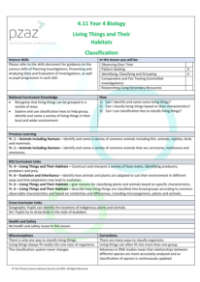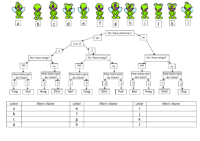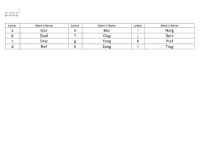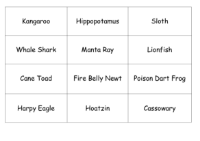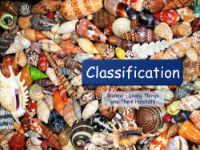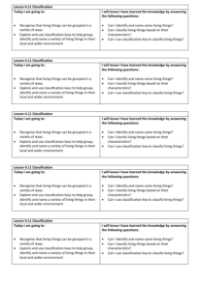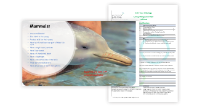Classification - Presentation
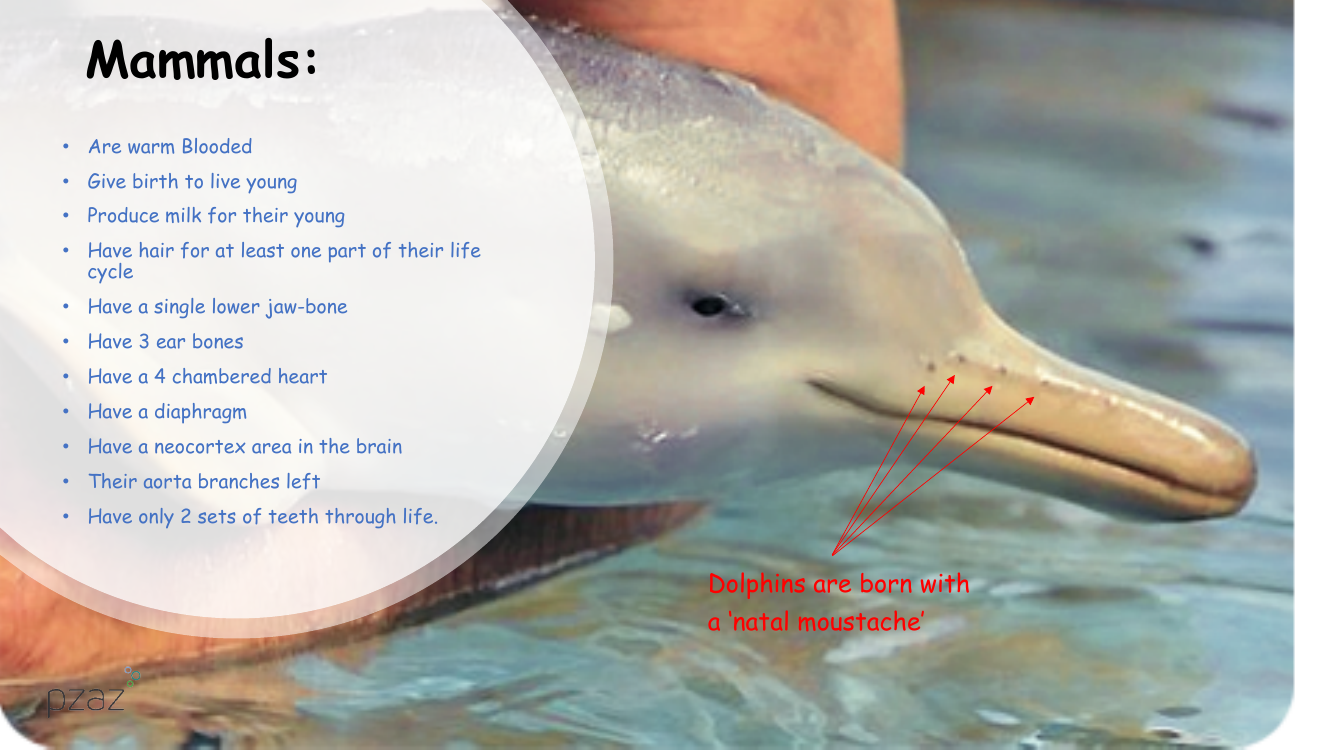
Science Resource Description
Mammals are a diverse group of animals with a set of common characteristics that distinguish them from other creatures. They are warm-blooded, meaning they can regulate their body temperature internally. A key feature of mammals is their reproductive process; they give birth to live young rather than laying eggs. Once born, the young are nourished with milk produced by the mother. At some point during their life cycle, all mammals have hair or fur on their bodies. They also share some anatomical traits, such as having a single bone in the lower jaw, three bones in each ear, and a heart with four chambers. Additionally, mammals possess a diaphragm to aid in breathing, a neocortex area in the brain for higher order functions, and their aorta—a major artery—branches to the left. Mammals also have two sets of teeth during their lifetime. An interesting fact about dolphins is that they are born with a temporary 'natal moustache', which is a type of hair.
Other animals have a mix of these and different characteristics. For instance, the Nile Crocodile and Platypus lay eggs, but like mammals, they produce milk for their young. The Platypus is warm-blooded and has four bones in its lower jaw, unlike mammals. Pangolins and Red Salamanders lay eggs on land, and while pangolins give birth to live young and have hair on their belly, they lack a diaphragm. Rheas and Coelacanths have a heart structure that varies from mammals, with the Rhea being warm-blooded and the Coelacanth cold-blooded. Black Panthers and Boomslangs present a contrast; the former gives birth to live young and the latter lays eggs, yet both have a four-chambered heart. Vampire Bats and Echidnas, while laying eggs, share warm-bloodedness and a neocortex with mammals. Humans and Sea Turtles both produce milk for their young and have two sets of teeth in their lifetime, but Sea Turtles lay eggs and are cold-blooded. Lastly, Aardvarks and Axolotls show diversity in characteristics such as the presence of a diaphragm and the structure of the lower jaw, with Aardvarks more closely resembling typical mammalian traits.
